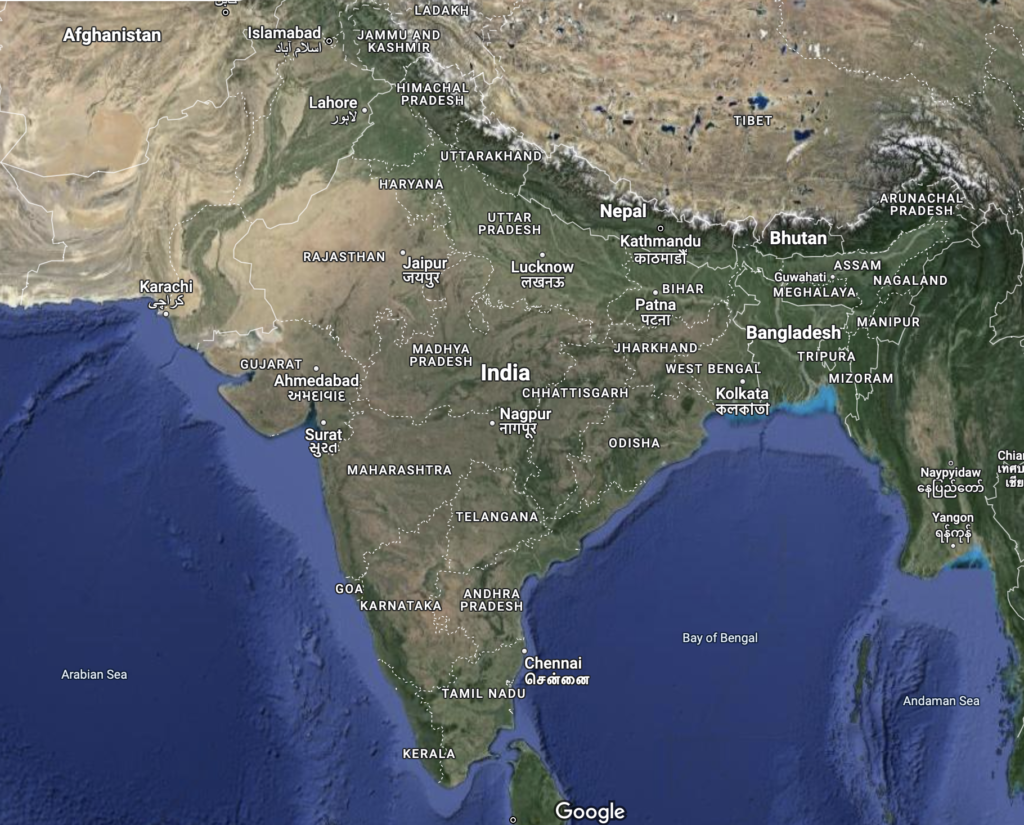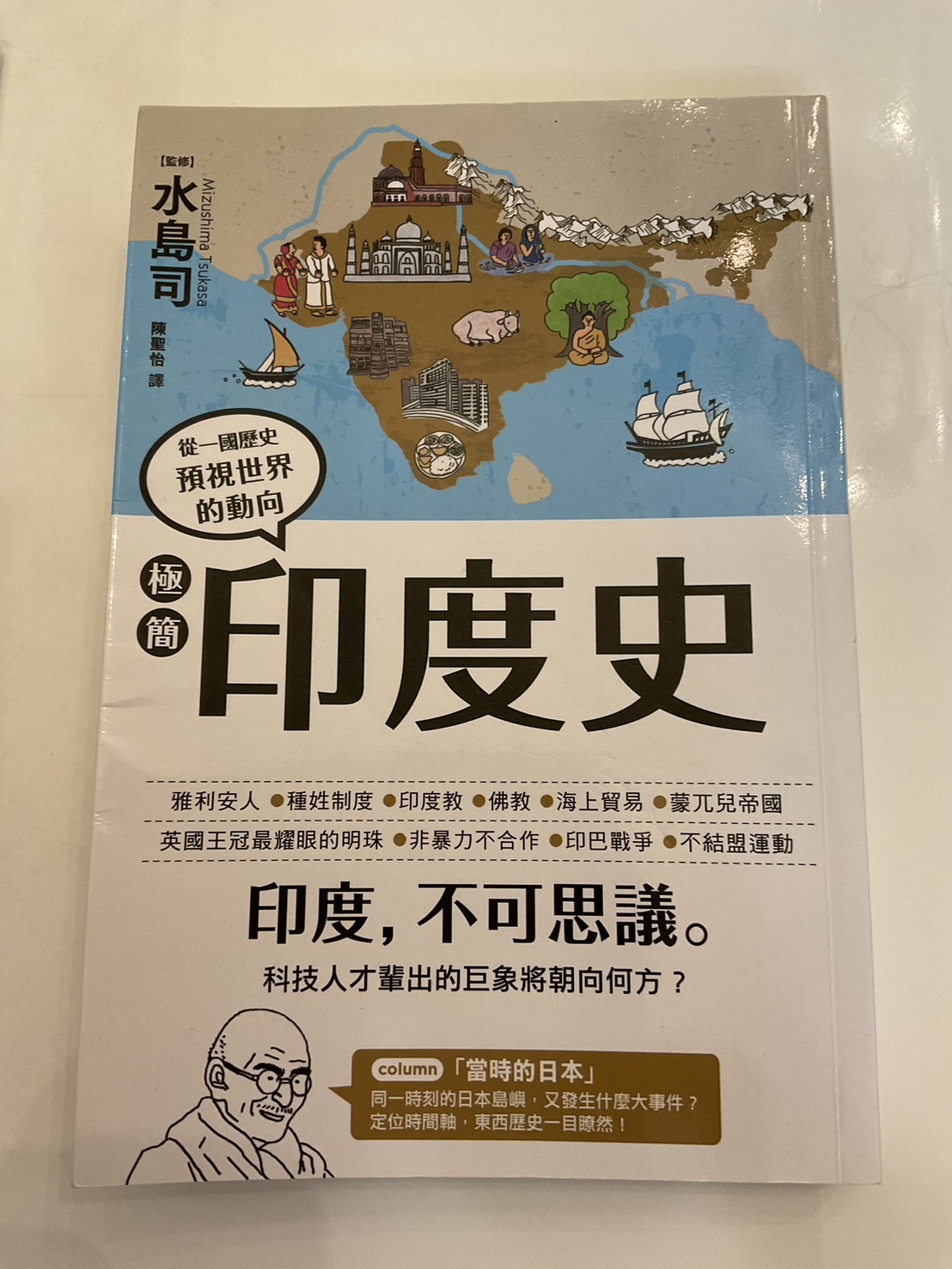Let’s first talk about why I bought and read this book. This is the book I bought at an annual international book exhibition in Taipei in 2024. The reasons I bought this book is because of the observations seeing tech giants increase their investment in India. India is estimated to be full of potential in the growth in the tech market. Its advantages include language (English as the official language), lots of young labor force, and technology people. All of these motivate me to learn more about this country.
I cannot say I one hundred percent understand everything about India after reading this book because the history of India is not just India we see today, it is the variation of people, languages, religions, and landscapes covering Pakistan, India, Bangladesh, China, Middle East and the West.
- Impact of Geography
Different kingdoms developed in parallel in North India, the Deccan Plateau, and South India. My observation is that the plateau separates the development of India into three regions. Only the most powerful kingdoms can conquer the limit of the terrain and take control of the three regions at the same time.

- More Impact from the West Side
The impact from the west always starts from north India as the north land connects to the west. And because of this, more political power switches happened in the north. Alexander the Great, the Persian Empire, and the Mongol Empire are the examples.
- Complexity of Religions
India is the origin of Buddhism, however, due to the war in the history, Buddhism is not the major religion in India. The invasions from the west brought multiple religions and rituals into India, and after the catalyst of the policies under different kingdoms, of which some are oppression while others are more tolerant, shape the complexity of religions in India.
- UK Policy
During the colonial period, UK weakened the sense of unification in India to gain better control over the ruling of the regions. This policy intensified the sense of separation in terms of languages, religions and ethnics.
In general, geography and policies made by each kingdom and ruler shape what India looks like today. Learning from the history, when investing India, it is essential to be acquainted with the geography of the target investment area, its government policy, and most important in all, its history, like which kingdom used to be here and how it manged this area.

